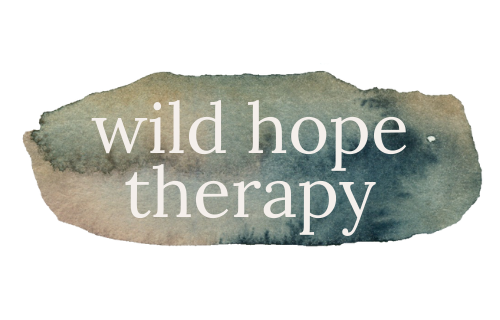may is mental health awareness month!
Did you know that Mental Health Awareness Month was started in 1949? In some ways, it feels like mental health is becoming less and less taboo, and more accessible than ever before. Social media platforms like Tik Tok and Instagram provide experts open forum and easy access to information for consumers. The ubiquity of telehealth fueled by the pandemic makes therapy more convenient but also more accessible for folks in rural and underserved areas. But in certain contexts, mental health still carries a stigma that keeps those suffering isolated.
The statistics will be everywhere this month: 1 in 5 adults experience a mental illness and 17% of youth 6-17 years of age experience a mental health disorder; 1 in 5 people report that the pandemic negatively impacted their mental health. And still only 45% of adults and 51% of youth actually receive treatment.
As a therapy practice in Columbus, Ohio, the state of mental health and treatment options in our state is particularly concerning. In the 2022 The State of Mental Health in America report, MHA reported that Ohio has slipped from 11th to 25th in state rankings based on prevalence of mental health issues and access to care.
If we’re still dealing with stigmatization and limited access to treatment, it’s hard to know how to impact mental health awareness. Depending on where you are in your mental health journey, it is most important for you to first identify your own needs and boundaries. If connecting with others around issues of mental health, whether it be through advocacy or interpersonally, feels adaptive to you, there are many ways to contribute to mental health awareness.
Connect with friends and family: Simply being open with trusted friends and family members about our experiences can help others to see that it is common to need support for their mental health. Connecting with others we respect and trust helps to normalize the experience and increase likelihood of seeking out care.
Follow and share social media accounts that provide supportive messages from a variety of voices: There are so many contributors to the mental health side of social media, especially on IG. There are countless diverse and informative creators such as Nedra Tawwab, Lisa Olivera, and Make Daisy Chains.
Get active in your community through advocacy: engaging with local mental health organizations such as NAMI, POEM or Climb Out of The Darkness increases visibility and supports the organizations doing work to ensure everyone gets the help that they deserve in your community.
